I will resume the story of Veddw garden making soon, but I thought some people might hate and debate this, a garden discussion between two friends:
Part One
When a recent Instagram post on how to edit self-seeders by Marianne sparked some design push back by Anne, they moved the exchange to email to wrangle over it in more depth. The resulting conversation on design seemed worthy to share here, as it is a testament to the importance of discussion — particularly when you don’t agree.
Interested readers are encouraged to continue the conversation in comments.
Anne begins the exchange, bewildered that Marianne adds and edits so many plants in her garden each year…
Anne:
I suspect we just have totally different preoccupations with gardening. I want a garden, as good and as easy as possible. So I’m not interested much in pruning, grafting, seed sowing (except for something special), staking and so on.
Marianne:
I’m not particularly interested in grafting, but I am extremely interested in seed sowing, new crosses, very much pruning, and plants in general, I guess. I do have my limits though — there are many plant people who are far more obsessed than I am, and I rarely enjoy those gardens, because design is completely thrown out the window and the aim is often the possessing of a plant rather than its health and overall place in the garden.
That’s next-level obsession. I was actually thinking of putting together a post, entitled Torn Between Plants and Design. I suspect you are not torn?
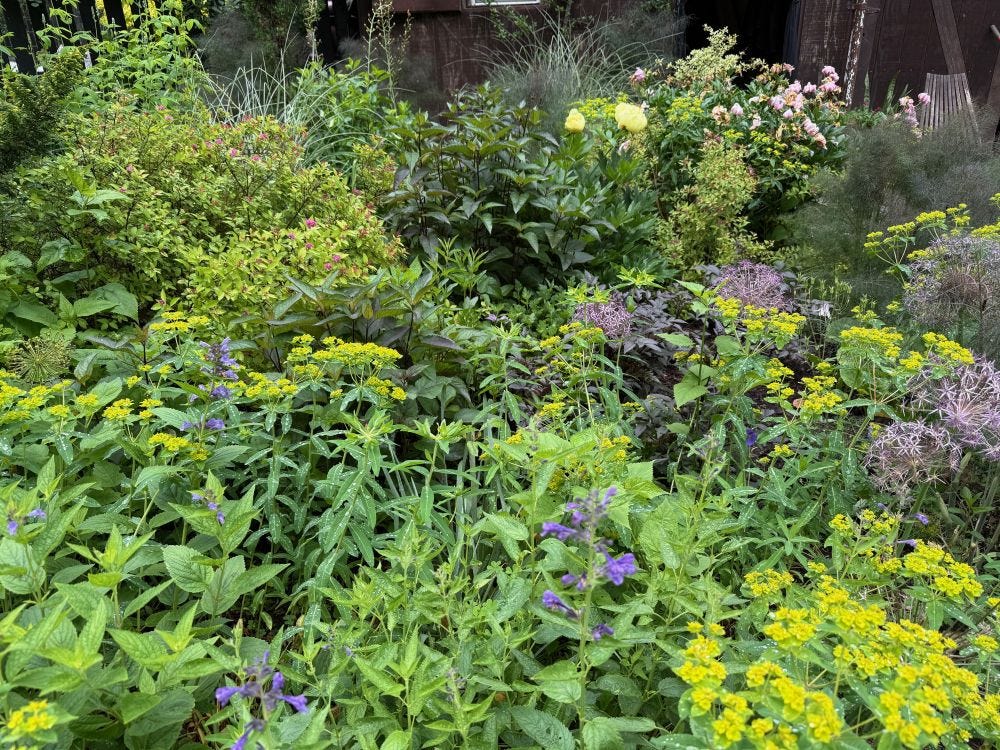
Anne:
I’m not. I am fascinated by plants, but basically for how I can use them in the garden to enhance the design. However, I’m as susceptible as anyone to something sweet and special for the conservatory.
I shouldn’t make assumptions about you – but you do go to learn at a highly labour-intensive garden.
On Great Dixter
Marianne:
I find myself extremely energized by the creative energy that is harnessed at Great Dixter, but more than that — the infectious joy that Fergus Garrett takes in orchestrating the planting. Those of us who are naturally cynical are fascinated by those who naturally aren’t.
Well at least I am, though I doubt the reverse is true – why would one want to be more cynical?
The richness of plant diversity is exciting. It’s a celebration of plants within a historic framework. I’m just as fascinated by other gardens doing the same thing.
Anne:
That’s an interesting take re cynicism and Dixter. I’m not sure about it – I warm mostly to people who are fundamentally honest and fascinated by the world as it is. (big subject?!) But mostly I am informed by a very disappointing visit to Dixter in July last year:
Marianne:
Yes. Big Subject. And that describes Fergus Garrett to a tee BTW. You should invite him to The Veddw for a beer on that beautiful daisy lawn. Charles would charm him and then you could challenge him.
Anne:
That would be great.
I think two or three generations have taken a good basic design at Dixter, made by someone else, and then stuffed it with plants.
Marianne:
I’m absolutely okay with Great Dixter stuffed with plants. Though I will admit that there are areas where plants go overboard and overwhelm people more than they charm them.
And other places where a path whose width is adequate and charming in spring is no longer as charming in summer.
But first impressions matter, I get it, and this can be a problem because visitors may not come back, and they’ll miss so much of what Dixter has to offer. I know a couple of garden designers who feel similarly to you about this. Swedish designer Johanna Antonsson posted her concerns on an Instagram post 26 May — except I felt her reel of frothy borders and soft, wild, textures (not to mention birdsong) undermined her argument. LOL.
However, I don’t think design suffers because you can’t always see the bones of it. I love that softening — I think it enhances the design. Too many clean lines bore the absolute pants off of me. Which is the politest way I can say that. There’s got to be a balance.
It’s also a seasonal thing. Your photo of the long border through the meadow grass is unflattering to be sure,
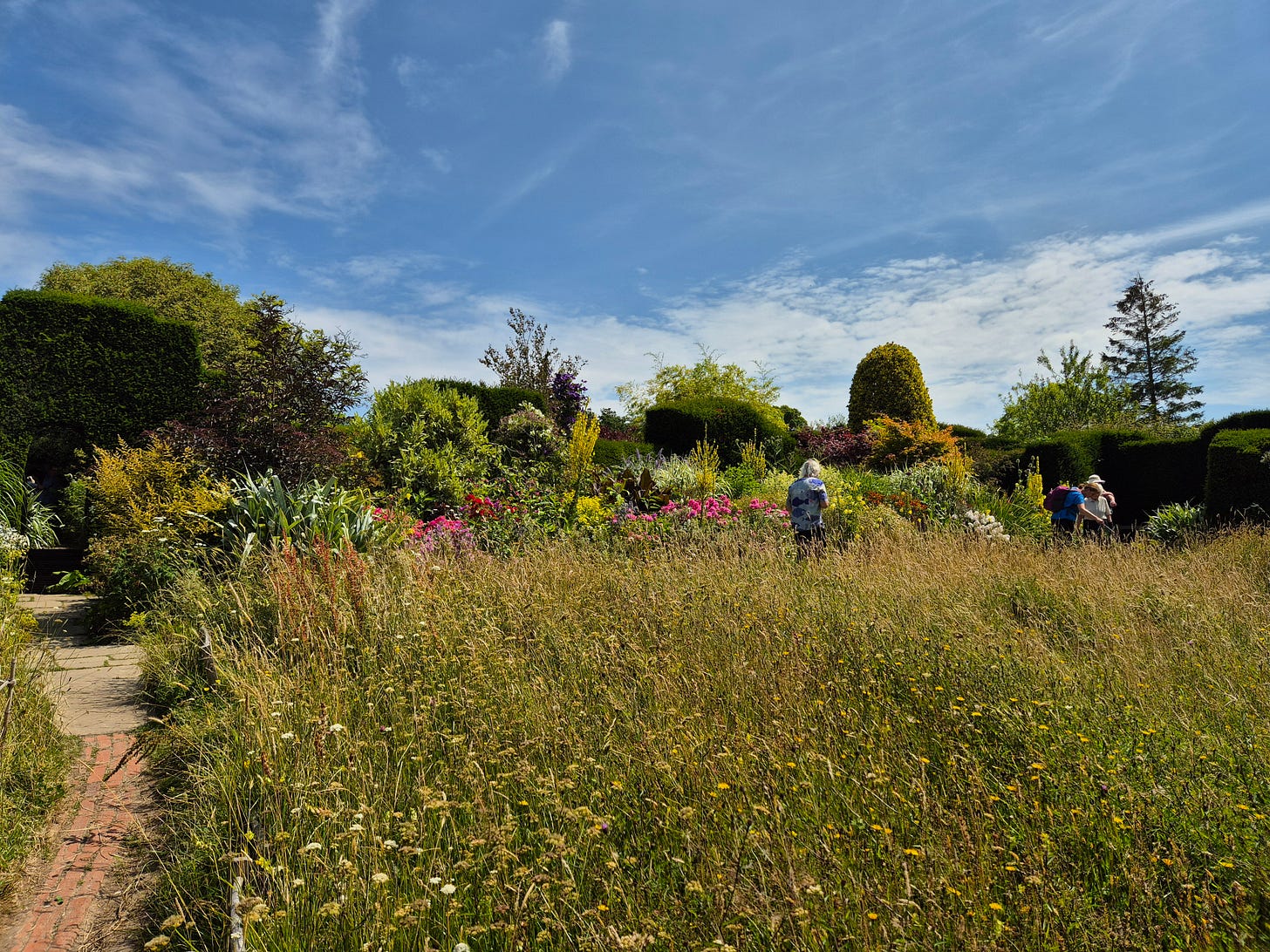
but it captures the grasses and orchids in seed and just before their August cut. There’s going to be a good 4-5 weeks when the area looks either a) brown or b) scalped; but that allows them to create an incredible tapestry of orchids, flowers and grasses during the other weeks of the growing season.
It’s a decent trade off I think. We’re not talking about a growing season characterized by brown (as Susan Harris pointed out in this post recently). Surely your meadow is not always picture perfect?
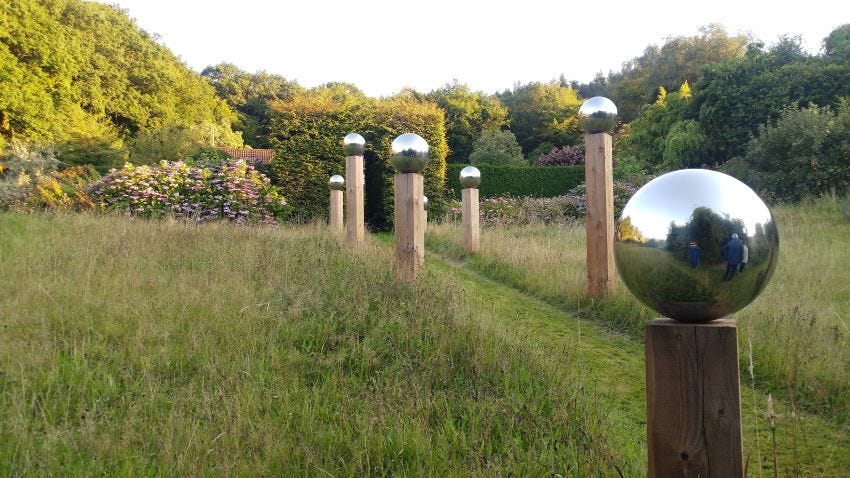
Anne
Strangely, and I’m not sure just why, it never looks quite as grim as that. That may be ecological and out of their control. I believe Dixter is on a heavy clay soil?
In fact, the bit by their entrance is happier:
Marianne
I’ll counter your photos with a few of my own at Great Dixter, taken in May and beginning with the spotted orchids that have exponentially multiplied because the brown times were tolerated:
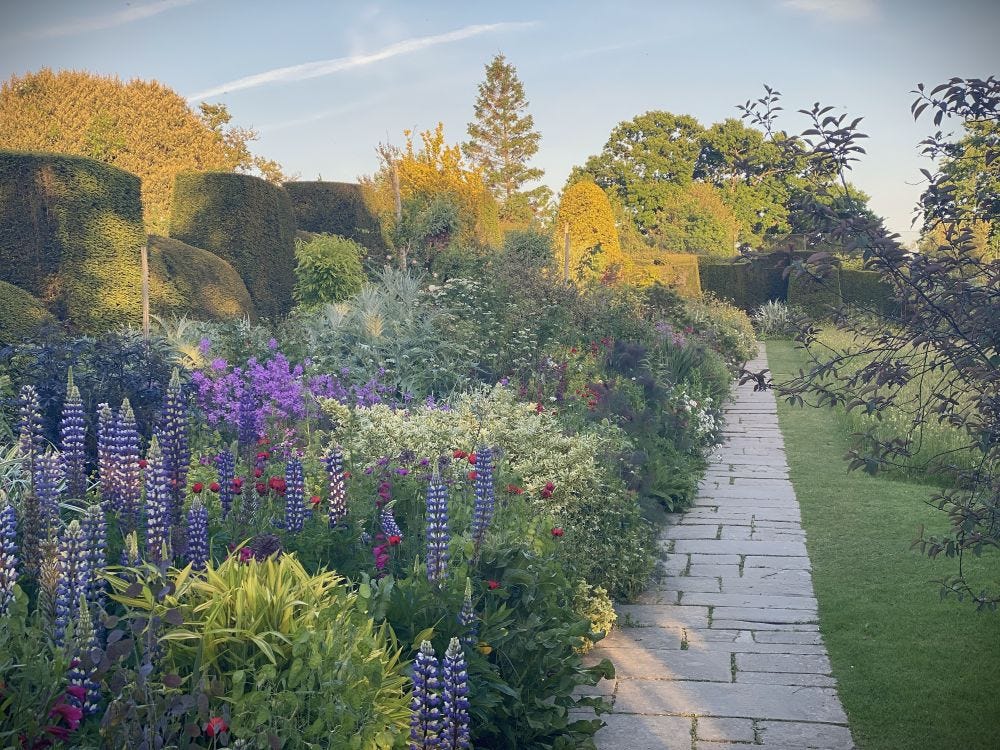
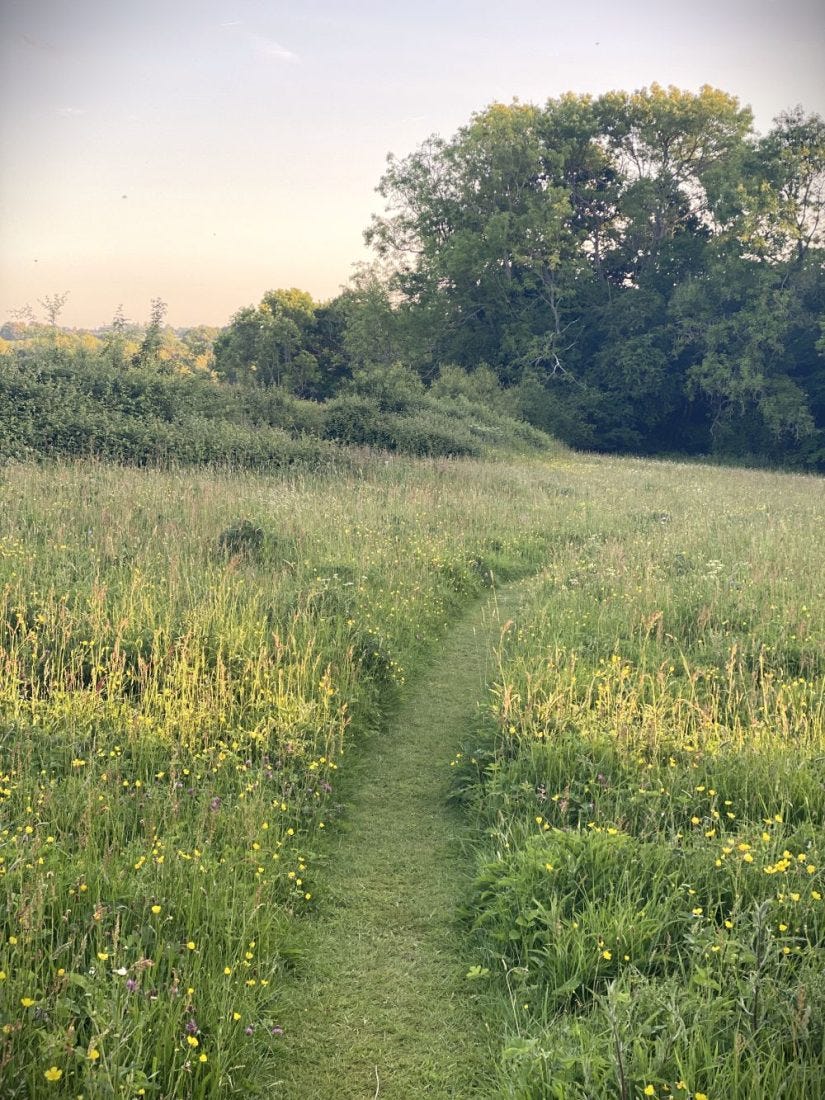
On Plants vs. Design
Anne:
It is a plant jungle, is the problem.
Without going into detail, your photos didn’t do much for me. And, living in a part of the UK specialising in ancient meadows I’d say a hay meadow is a hay meadow and will probably have orchids. Good.
The overboard didn’t just mean we couldn’t see the design, it meant we often couldn’t see anything but plant stems and could hardly move through. (Marianne: Fair enough — this is certainly true in the Exotic Garden.)
The fact that so many people love it rather depresses me – I would wish for appreciation of design enhanced, rather than smothered. And it indicates how many gardeners are basically simply interested in plants.
Marianne:
What a terrible thing – gardeners interested in plants. No, seriously Anne, you’re making me chuckle.
We’re definitely seeing this differently. It would be wonderful to walk through with you so I could see where our sensibilities merged and where they diverged, because I know they would. Like we did at the Wye Valley Sculpture Garden at Tintern, when we sat on the hillside and talked about the garden, garden writing, and other subjects.
But hang on, why on earth would other people loving this kind of mad celebration of plants depress you? Just because you don’t feel called to that kind of garden doesn’t make it wrong. Surely there is room for more than one sensibility? De gustibus, etc.
Anne:
Being depressed about something isn’t making it wrong. I simply wish there was less desire for plants and the acquisition of plants and more appreciation and desire for beauty of expression and design in gardens. To see more people step back and look when visiting Veddw rather than peer at individual plants.
Marianne:
Damn, you would hate my garden. I’ll ply you with wine if you come.
Anne:
Good!
Strange that people also admire Rousham, which is, in the critical part, rather flowerless. No-one explains this.
Marianne:
It’s a completely different animal. I am grounded and calmed by Rousham because it allows you to walk at once through a simple garden space and yet be in the countryside — always reminding you here and there that you are indeed in a garden.
It is vast, and you feel that vastness and are moved by the synthesis of garden and country and history. It would be very different in miniature in a smaller garden setting. It might bore the pants off me there.
.Anne:
There are lots of Landscape gardens like that in the UK, I think. (I have a theory that they were intended to be seen from horseback or a carriage, which creates a whole different view of them.) And – Marianne! – most people don’t think much of the flowery bits, do they?!
Marianne:
No, on the whole, one doesn’t go to Rousham for the flowers, though they are there if needed in the large walled garden which originally served the house with vegetables and cut flowers. (And I think, still does.) I had one tour guest last year who took little joy in the intensely focused design of that astounding rill, and loved the walled garden.
It’s a perfect example of the two functions of a garden — sustenance and high art. They could close that part off and it would “make sense,” but why do that when so many would love to see it and think little of the Rousham big picture? Big pictures aren’t for everyone.
Anne:
Even I (ha!) can see it’s right out of the spirit and should be just for veg and picking. I agree, the cognoscenti don’t go to Rousham for the flowers and veggies. That doesn’t mean that part should be closed off, just that it isn’t what people admire about the place.
Marianne:
Cognoscenti. Love that. Can you and I join, or is it by secret invitation only?
Actually, never mind. We’d only end up getting ourselves thrown out.
Editor - this post originally appeared on Garden Rant , where it excited much comment.


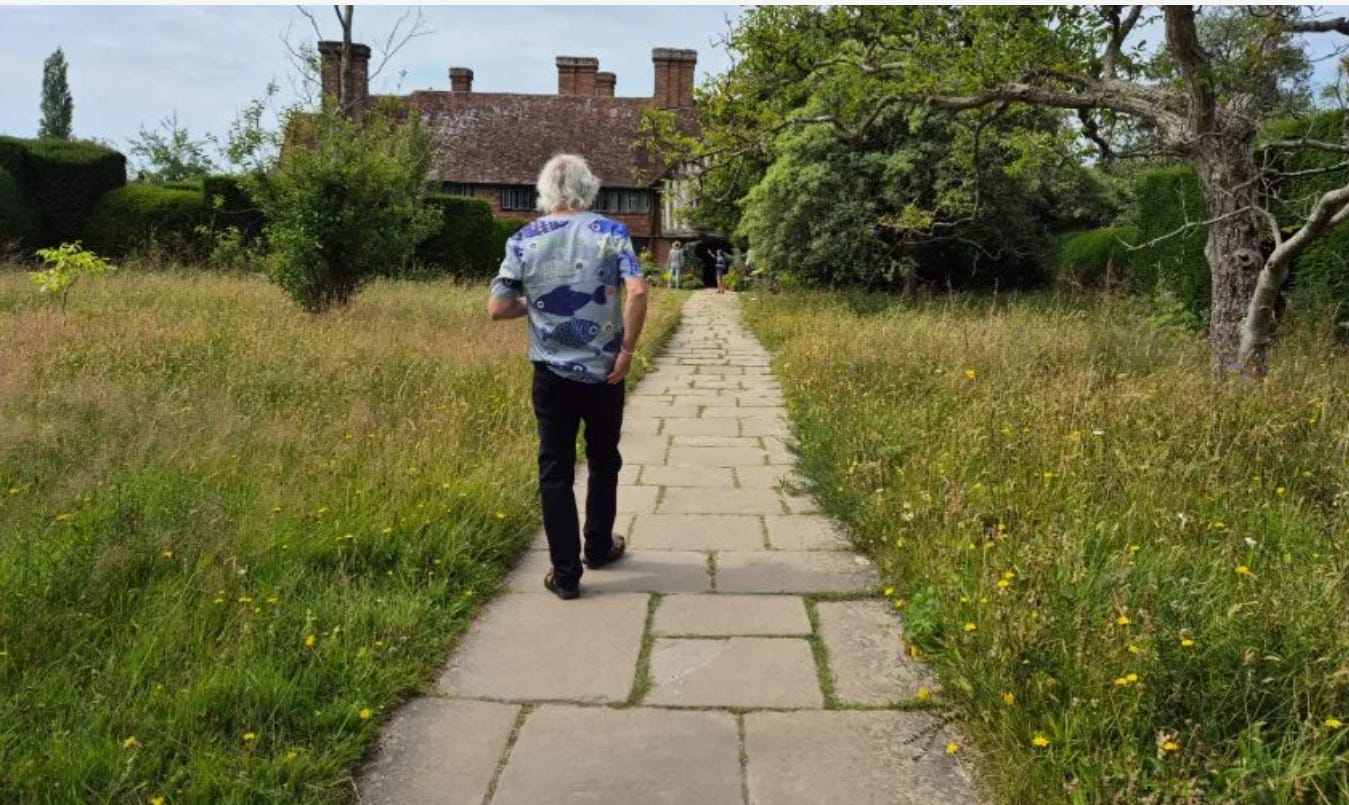
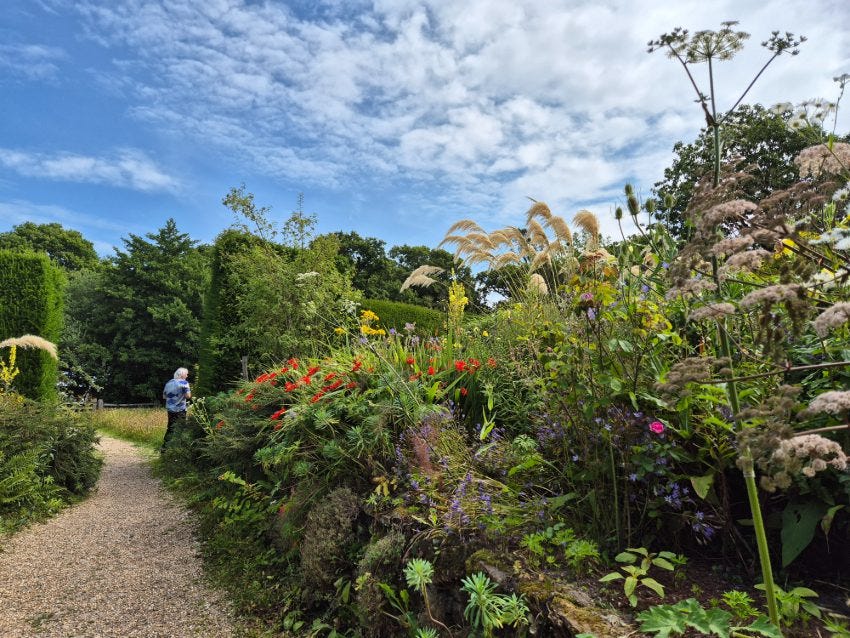
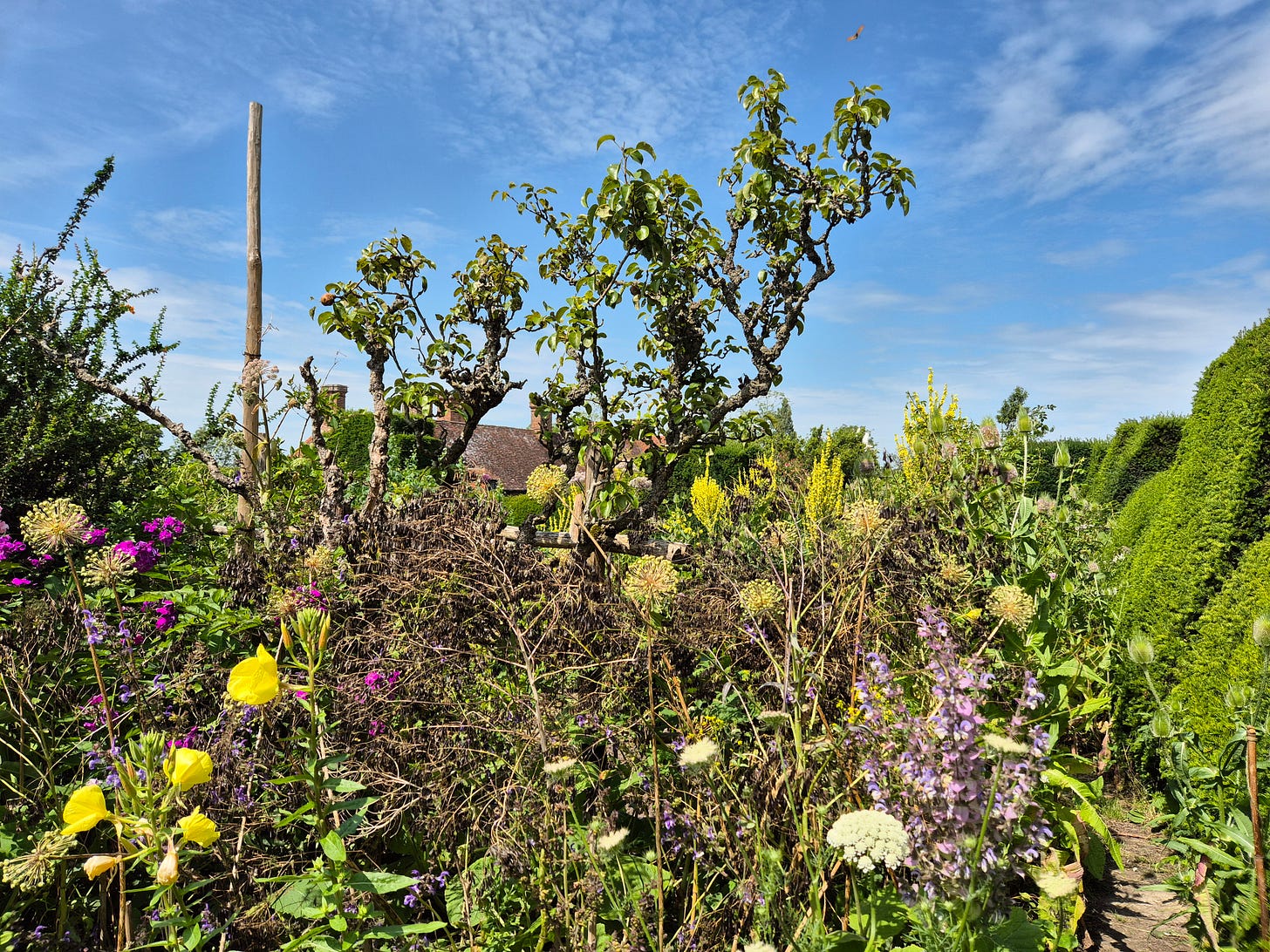
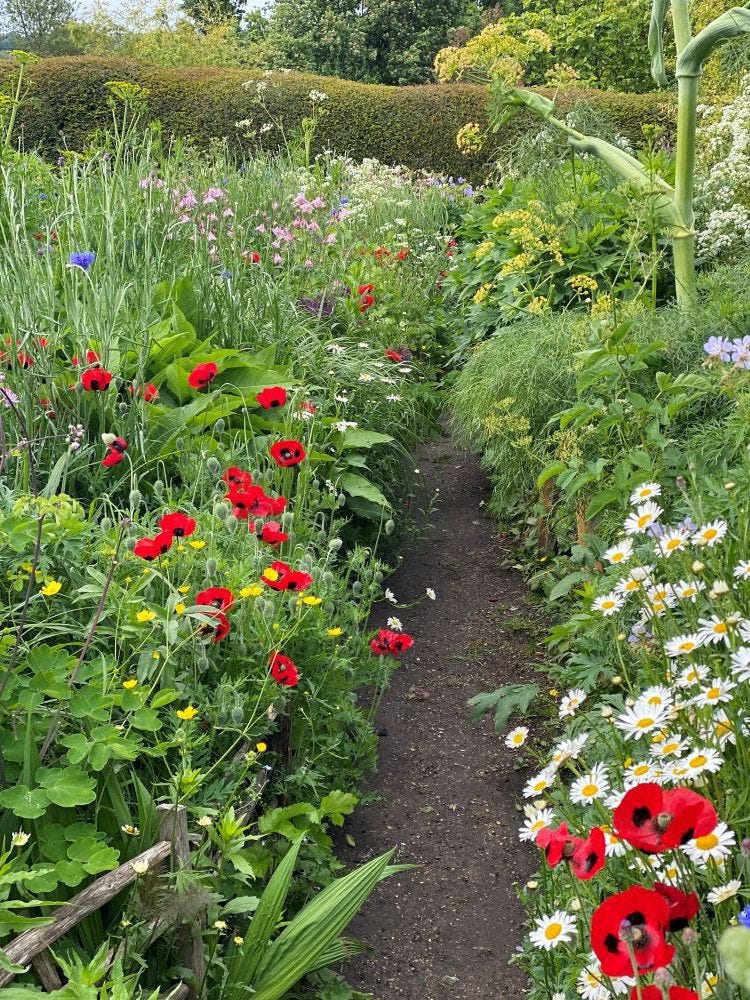

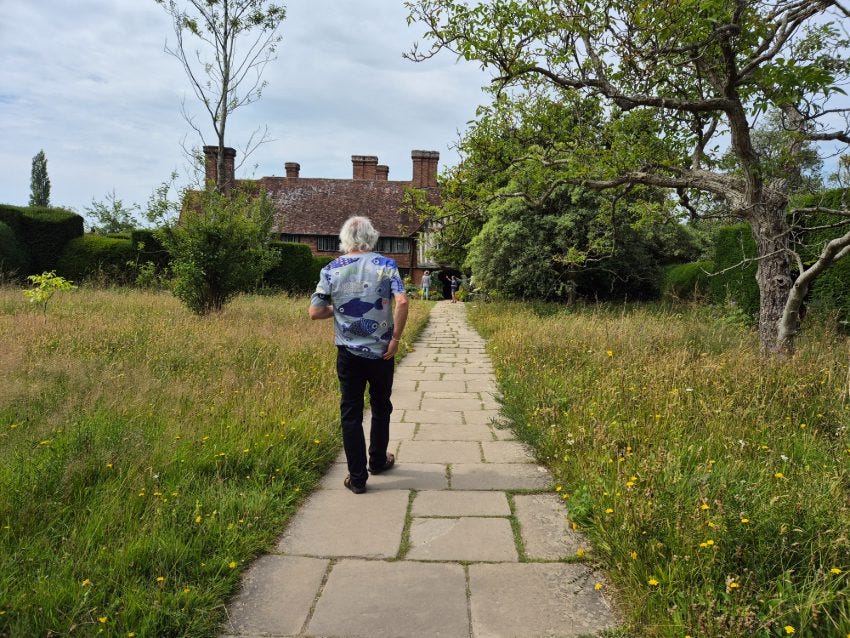
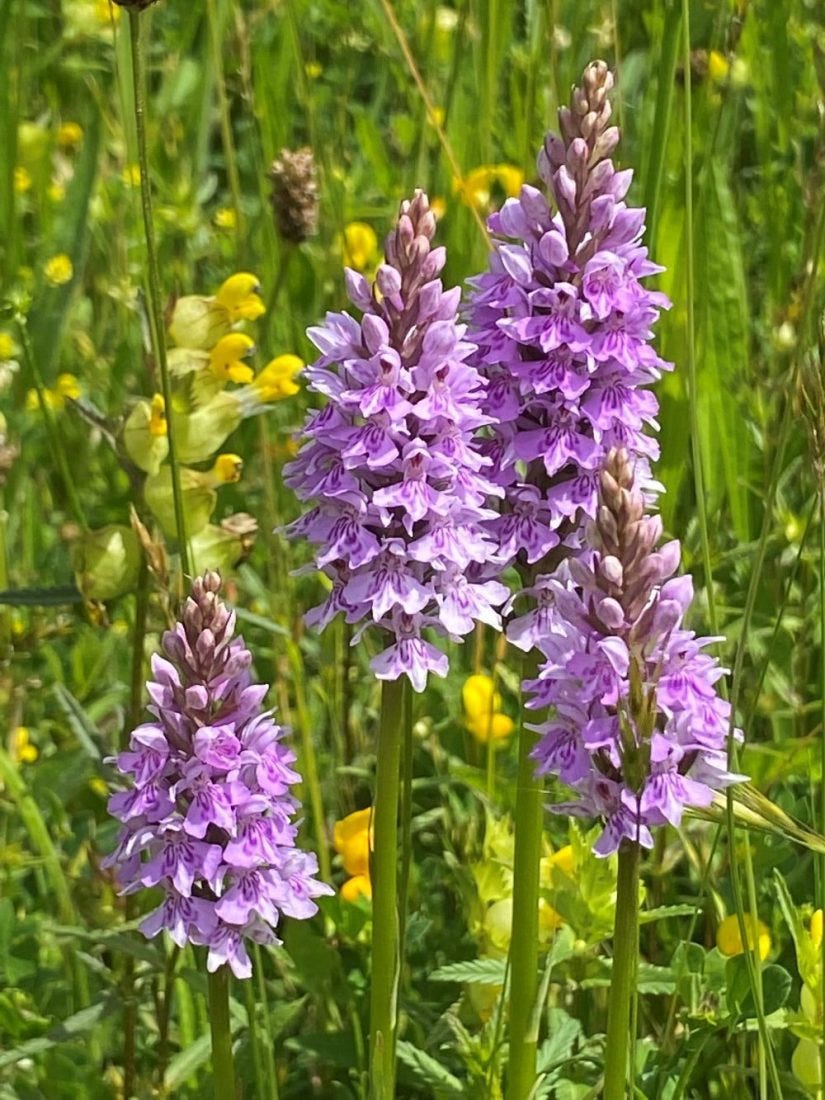
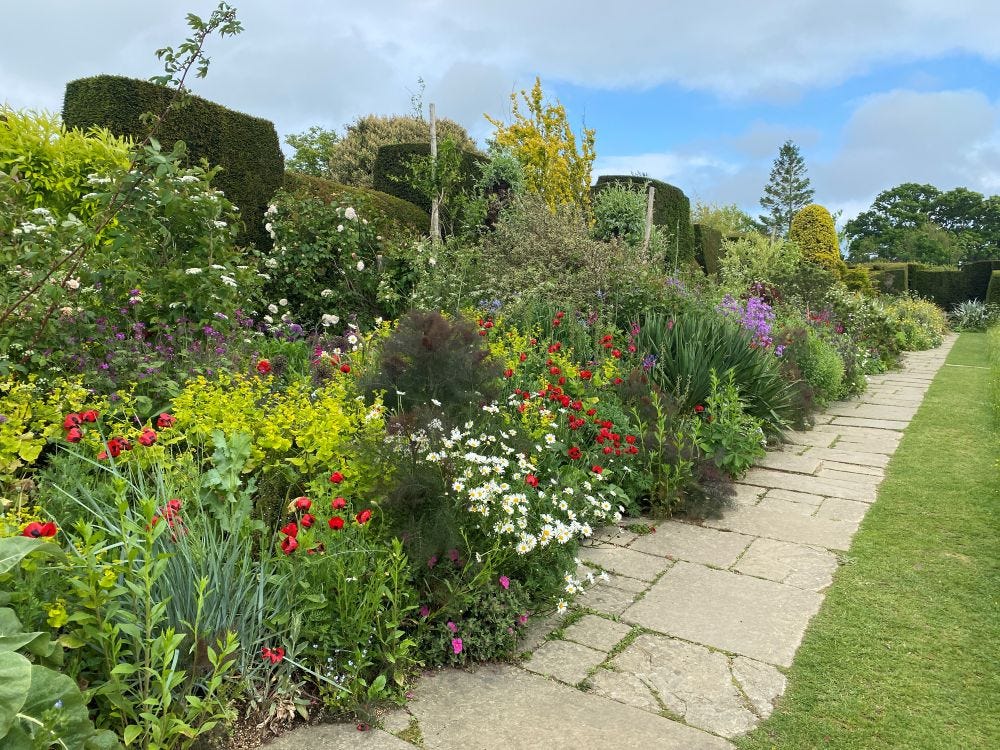
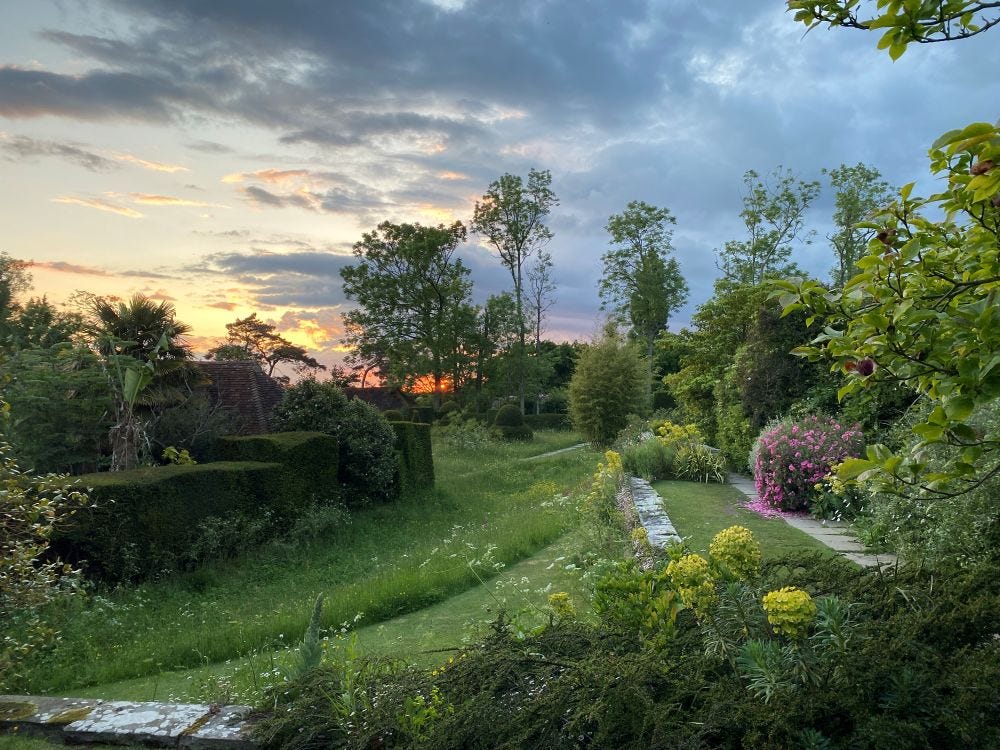
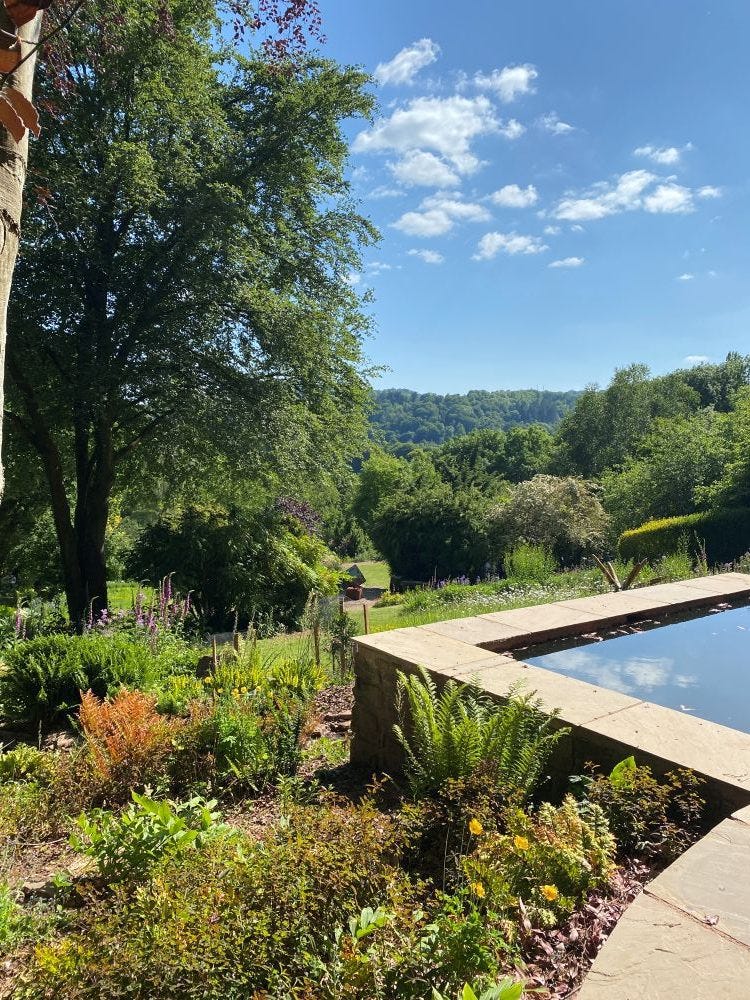
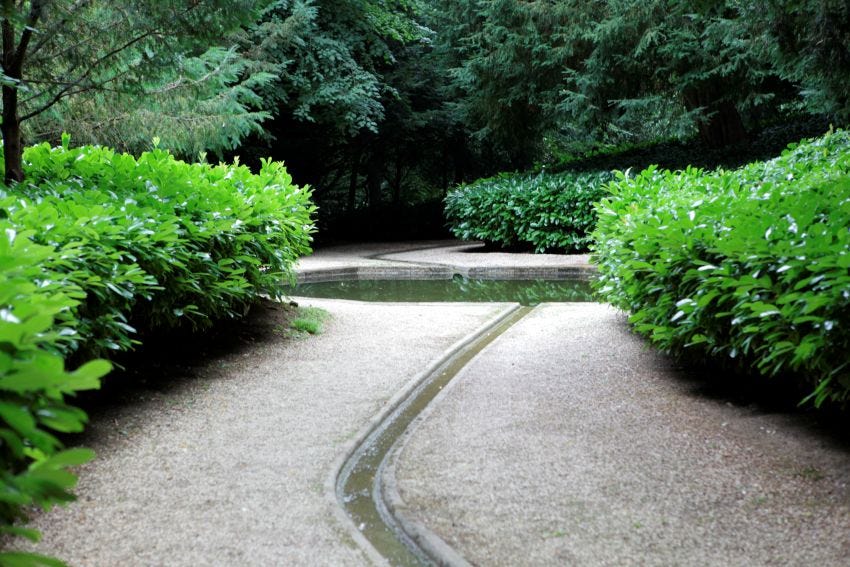
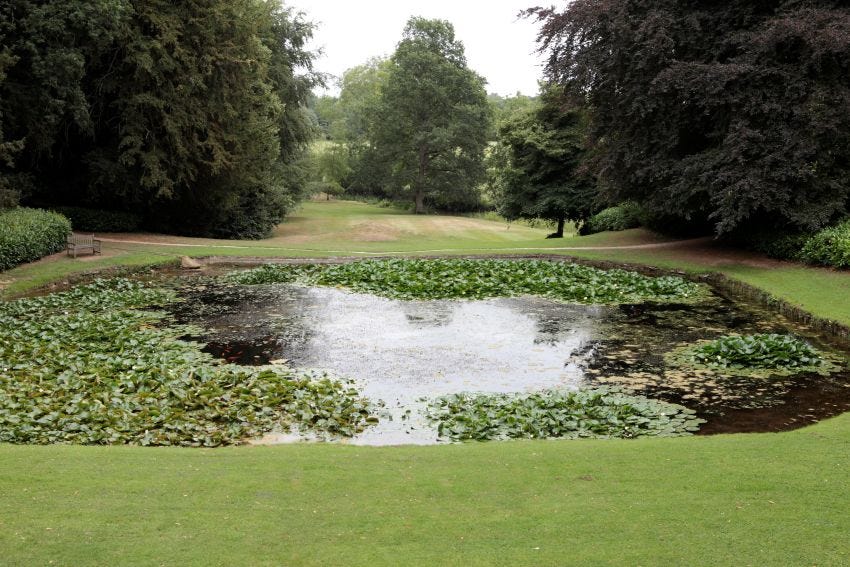
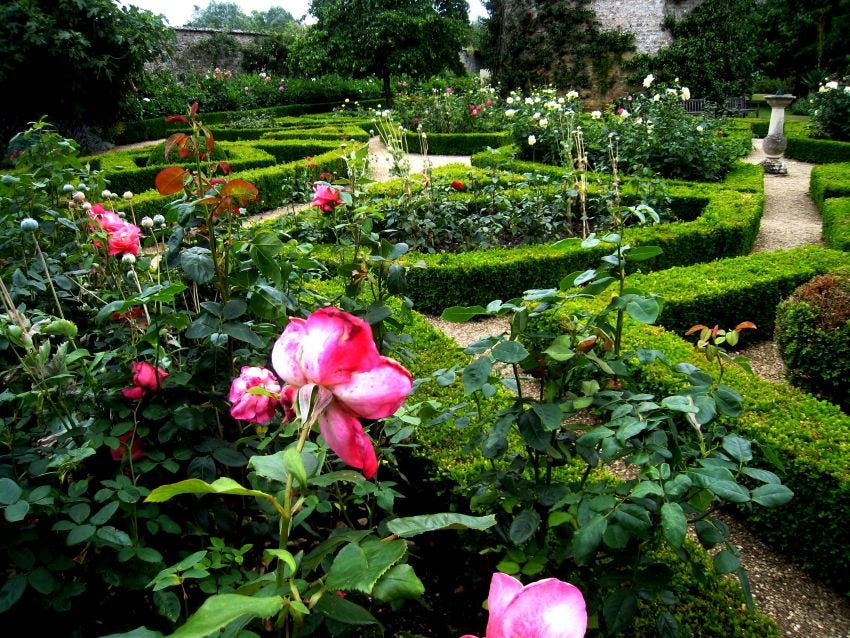
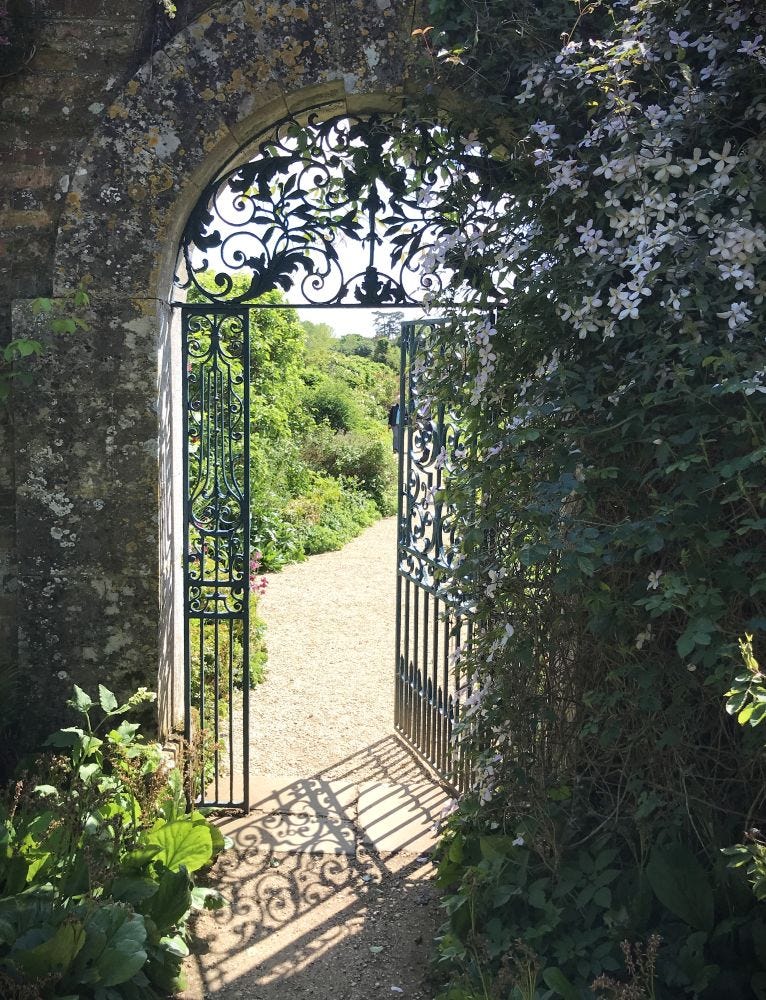

I think we laypeople (gardeners and garden visitors) lack an accessible language to talk about garden design or gardens as art. You get domestic garden design books from the library, hoping to decide where to put your gin and tonic patio so that it is nice in the evening but doesn't have a view of the neighbour's bins. This is not going to help you explain why Piet Oudolf's planting does (or doesn't) appeal to you.
Also, a gardener's practical experience is, mostly, going to be about plants. Making a garden is rarely going to be about hard landscaping or making big effects. And even if you've made a pond, spent a decade growing a wavy-top hedge, put up a pergola for wisteria, these are rare things. Isn't the ongoing experience of the garden - if you want to do more than bare maintenance - going to be planting things here and there, dividing this, pruning that? That's my experience, and I think it's natural to focus on the small delights, the micro scale, rather than a macro effect. The only macro effect in my garden is one of untidiness and disarray! (This is not self deprecation, the garden is genuinely messy, weedy and I am a poor gardener. I still like to go outside to muck about with plants, and I like to visit gardens.)
But I do wonder if people don't actually appreciate "the beauty of expression and design in gardens"? They might not be talking in technical terms about the volume of the planting, the rhythm of the colour and texture in the long border, or the tension between the enclosure of the walled garden opening into the wildflower meadow. But they might say they liked how the big hostas and the small ferns went together, or all the different oranges were good, or how the garden had different kinds of spaces that made them feel different.
A challenging discussion. I'm right in the middle so I'm going to get mown down by both trucks!